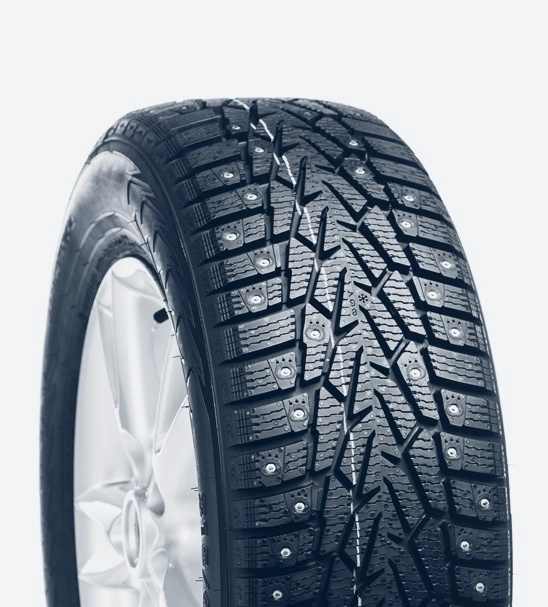mechanical seal shaft
Understanding Mechanical Seal Shafts in Industrial Applications
Mechanical seals are essential components used in various industrial applications to prevent leaks of fluids and gases. Among the critical elements of a mechanical seal system is the seal shaft, which plays a vital role in ensuring the efficiency and longevity of the sealing process. This article will delve into the importance, functions, and considerations regarding mechanical seal shafts.
What is a Mechanical Seal Shaft?
The mechanical seal shaft is the rotating component to which the mechanical seal is attached. It connects to the motor or drive system, enabling the seal to rotate along with the shaft. Typically made from materials like stainless steel or carbon, the shaft's design must accommodate the specific requirements of the application, such as temperature, pressure, and the type of fluid being sealed.
Functions of Mechanical Seal Shafts
1. Fluid Containment The primary function of a mechanical seal shaft is to contain fluid within the equipment, such as pumps, mixers, or compressors. It prevents leakage, which is crucial for maintaining operational efficiency and safety in industrial processes.
2. Support for Sealing Elements The shaft provides a robust platform for mounting sealing components. The mechanical seal comprises various parts, including sealing rings and springs that are critical for effective sealing. A well-designed shaft ensures proper alignment and engagement of these components.
3. Transmission of Torque The shaft transmits torque from the motor to the rotating part of the equipment. It needs to be designed to withstand the mechanical stresses associated with operation while maintaining dimensional accuracy to ensure the seals remain effective.
4. Thermal Management In many applications, the mechanical seal shaft must also manage heat generated during operation. This can be particularly important in high-speed applications where friction can lead to significant temperature increases, potentially damaging both the seal and shaft.
mechanical seal shaft

Considerations When Selecting Mechanical Seal Shafts
1. Material Selection The material of the mechanical seal shaft must be suitable for the operating environment. Corrosive fluids, high temperatures, or extreme pressures may require specialized materials, such as high-grade stainless steel or alloys.
2. Surface Finish The surface finish of the shaft is critical for ensuring effective sealing. A smooth surface minimizes abrasion on the sealing rings, contributing to the longevity of the mechanical seal. Surface imperfections can lead to premature wear or failure.
3. Diameter and Length The dimensions of the shaft must be carefully considered. A shaft that is too short or too narrow may not properly align with the sealing components, leading to leaks. Conversely, an oversized shaft can introduce unnecessary weight and stress on the machinery.
4. Seal Design Compatibility Not all mechanical seals are the same. It is essential to ensure that the shaft design is compatible with the specific mechanical seal being used. This compatibility involves considering the sealing arrangement, operating conditions, and any mechanical design constraints.
Maintenance and Troubleshooting
Regular maintenance of mechanical seal shafts is essential for ensuring their longevity. This includes checking for wear, alignment, and sealing performance. In cases of leaking or seal failure, troubleshooting may involve assessing the shaft for signs of damage, misalignment, or improper installation.
Conclusion
Mechanical seal shafts are crucial to the efficiency and reliability of fluid sealing in many industrial applications. By understanding their functions, making informed material and design choices, and maintaining these components effectively, industries can enhance performance, reduce downtime, and ensure safety in their operations. As technology evolves, continued innovations in seal shaft design and materials will further improve the effectiveness of mechanical sealing solutions in various sectors.
-
Simplifying Oil Changes: A Comprehensive Guide to Oil Drain Plugs and Their Variants
News Aug.04,2025
-
Mastering Oil Drain Maintenance: Solutions for Stripped, Worn, and Upgraded Oil Plugs
News Aug.04,2025
-
Fixing Oil Pan Plug Issues: Leaks, Stripped Nuts, and the Right Replacement Solutions
News Aug.04,2025
-
Everything You Need to Know About Oil Drain Plugs: Sizes, Fixes, and Upgrades
News Aug.04,2025
-
Choosing the Right Oil Drain Plug: A Guide to Sizes, Materials, and Drain Innovations
News Aug.04,2025
-
A Complete Guide to Automotive Drain Plugs: Types, Problems, and Innovative Solutions
News Aug.04,2025
-
The Ultimate Guide to Car Repair Kits: Tools and Essentials Every Driver Should Own
News Aug.01,2025
Products categories















